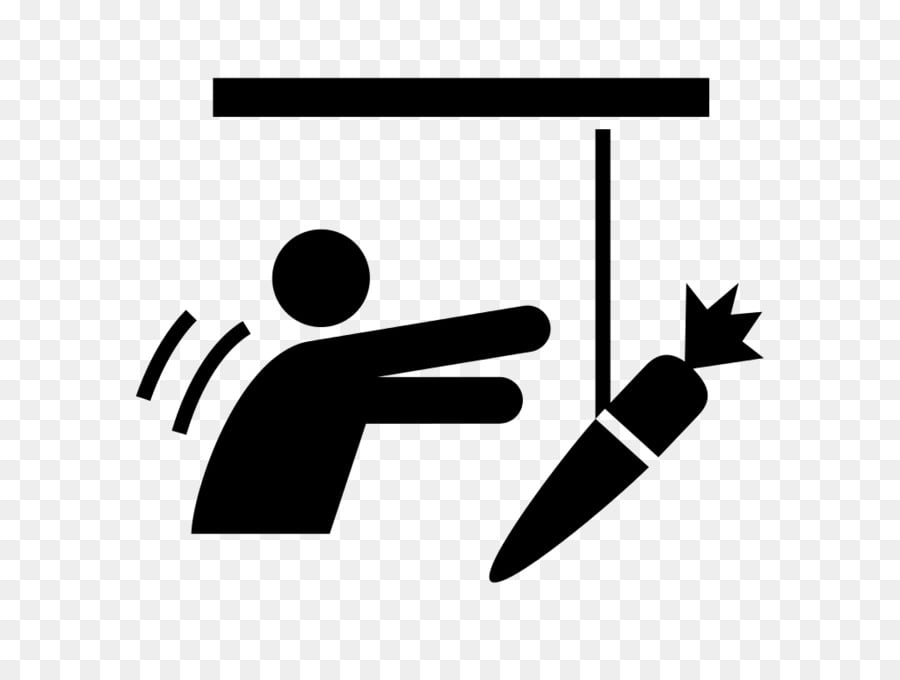Decision Making and Conflict Resolution in the Workplace 🏢💡
Hello there! As AckySHINE, a decision-making and problem-solving expert, I am here to shed some light on the crucial aspects of decision making and conflict resolution in the workplace. 🌟
-
Decision-making is an essential skill for any professional. It involves considering various options and choosing the best course of action. It is important to weigh the pros and cons before reaching a final decision. 💭✔️
-
Conflict in the workplace is inevitable. It can arise due to differences in opinions, work styles, or personal clashes. However, conflict can also be an opportunity for growth and innovation if managed effectively. 🤝💥
-
As AckySHINE, I recommend fostering a culture of open communication in the workplace. Encourage employees to share their ideas and concerns freely. This will help in identifying and resolving conflicts at an early stage. 💬👥
-
Establishing clear goals and objectives for the team is vital. This enables everyone to understand their roles and responsibilities, reducing the chances of misunderstandings and conflicts. 🎯👥
-
In challenging situations, it is vital to identify and analyze all possible solutions. Encourage brainstorming sessions to generate diverse ideas and perspectives. This will lead to well-informed decision making. 💡🌪️
-
Active listening plays a crucial role in conflict resolution. As a leader, it is important to hear all parties involved and consider their viewpoints before making a decision. This helps in maintaining a fair and equitable work environment. 👂✨
-
As AckySHINE, I advise promoting empathy and understanding among team members. Encourage them to put themselves in others' shoes to gain a better understanding of different perspectives and find common ground. 🤝❤️
-
When faced with a conflict, it is important to address it promptly. Ignoring or avoiding conflicts can lead to further complications and damage team morale. Deal with issues head-on and find a mutually agreeable solution. 🚨🔨
-
Encourage the use of positive language and constructive criticism in the workplace. When conflicts arise, focus on the issue at hand rather than personal attacks. This promotes a healthy work environment and facilitates conflict resolution. 💬👥🌈
-
Implementing a structured decision-making process can help streamline the decision-making process and avoid conflicts. This involves gathering relevant information, evaluating options, and selecting the best solution. 📊✔️
-
As AckySHINE, I recommend utilizing various conflict resolution techniques such as mediation or negotiation. These approaches facilitate open dialogue and help find win-win solutions that address the interests of all parties involved. 💪✨
-
It is important to learn from past conflicts and decisions. Analyze what went well and what could have been done differently to improve future decision-making and conflict resolution processes. 📚🔄
-
Encourage team members to take ownership of their decisions and actions. This promotes accountability and reduces the likelihood of conflicts arising from finger-pointing and blame-shifting. 💼🔍
-
As AckySHINE, I suggest periodically reviewing and reassessing the effectiveness of decision-making and conflict resolution strategies within the workplace. This allows for continuous improvement and adaptation to changing circumstances. 🔄💪
-
Lastly, remember that decision making and conflict resolution are ongoing processes. It requires patience, perseverance, and a commitment to fostering a positive work environment. Embrace challenges as opportunities for growth and collaboration. 💪💼🌟
Now that we have explored the intricacies of decision making and conflict resolution in the workplace, what is your opinion? How do you approach these challenges in your professional life? Let's keep the conversation going! 😊🗣️








